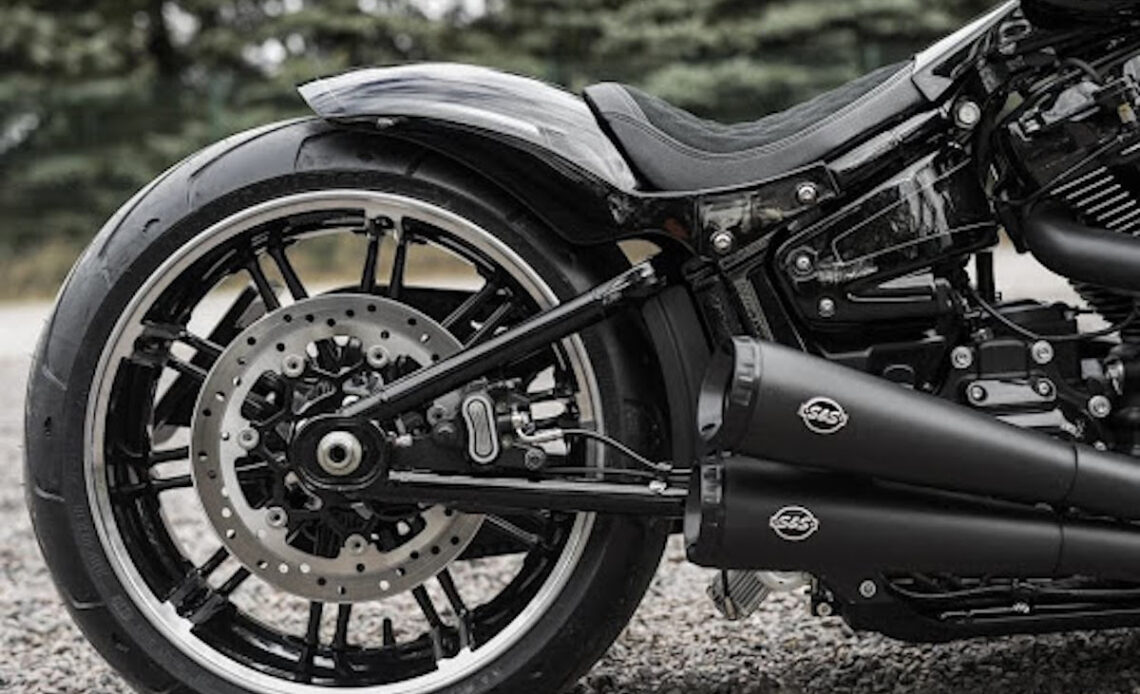There are dozens of motorcycles capable of sub-three-second 0-60 times and most manufacturers have at least one model that tops 200 mph. These are lightweight supersport beasts with engines and chassis stripped directly from one-off racing spec bikes. Even bigger cruisers weighing twice as much have respectable acceleration and most will outdo even the fastest cars.
Click here to subscribe to our print edition!
Bikes like the Triumph Rocket III, Ducati Diavel and the V-Rod from Harley-Davidson are some mouth-watering names. If you’re a sucker for speed that also enjoys a plush ride spiked with some serious style, then the whole current Harley-Davidson lineup will bring you to close-to-illegal road speeds in less than five seconds.
Bringing all that raw power to a controlled stop is just as important. Brakes are the most critical safety component on any vehicle, and on bikes, they’re literal lifesavers. This means faster response times and the shortest and safest braking distances. You’ll be using both front and rear brakes to gradually reduce speed, adjust to changing road conditions, or ease into turns.
Spongy brakes won’t help as they lack feel and compromise braking ability. The same applies with soft brakes with little feedback regardless of how far down you’re on the back brake pedal, or hard on the lever with the front brake. Hence, it’s recommended to replace a soft front brake on Harley Davidson before more serious issues arise.
Drums or Discs? Which Is Better?
Bikes transitioned from drums to discs in the 1970s. All major manufacturers have discs up front and back, and only smaller-engined beginner bikes may have a rear drum brake to cut down on costs. Discs have faster actuation, more stopping power, and won’t get as hot. The benefits are that they better handle the extra weight of bigger bikes like cruisers and tourers and all the added horses to get to the speeds mentioned above. In addition, there’s lower friction with the wheels, so handling is significantly improved.
Parts in Disc Brakes
Disc brakes on motorbikes use callipers to push brake pads against rotors (or discs) to create friction. Rotors and callipers are either of the floating or fixed type, meaning much better cooling and prevent warping and transferring the heat from braking to the hubs when compared to drums.
Callipers
Callipers are the housings overhanging the rotors and contain one or more pistons. Pistons are what…
Click Here to Read the Full Original Article at Paddock Magazine…

